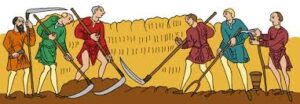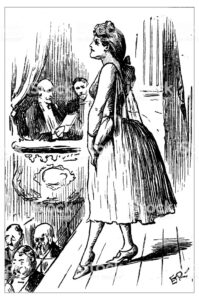
Prehistoric
We put the villages in their setting on Salisbury plain amongst the evidence of occupation from Neolithic times. It is close to the World Heritage site of Stonehenge, to Durrington Walls, and many other henge monuments, barrows and ancient field systems along the Avon Valley and on the downs.

Roman
There is evidence of several Roman villas in the area including the site of the Army camp on the A345. Its closeness to Netheravon church indicates early Christian activity.

Saxon
The village pattern of settlement probably dates to Saxon times. Netheravon Church tower still has Anglo Saxon features. A Saxon graveyard has recently been excavated in Ablington.

Norman
The church tower doorway has intriguing Norman decoration. The village was prosperous in Norman times.
Some medieval thatch and cob cottages have survived in all the villages.

Medieval to 1700
Established farms and local trades prospered until the Black Death in 1348, some medieval thatch and cob cottages have survived.

C18th
The area was seen as good hunting territory by the gentry classes. This led to the building of Netheravon House by the Duke of Beaufort, later taken over by the Hicks Beach family who also lived at Fittleton Manor. Fittleton school dates to this time.

C19th
“An acre of hares” was seen by William Cobbett described in “Rural Rides” 1822. The area is still called the Harefield. By the end of the century the Hicks Beach family were prominent in politics and sold much of their land to the government in 1898. With the coming of photography a wonderful record of the village survives in pictures.

C20th
With two world wars dominating the first half of the century, the area was heavily militarized and the local economy depended very much on the camps. Electricity came in the 1930s, street lighting in the 50s, a mains sewerage system in the 1960s. It was not until the 1980s that village houses were put up for sale and the social fabric of the community began to change.
